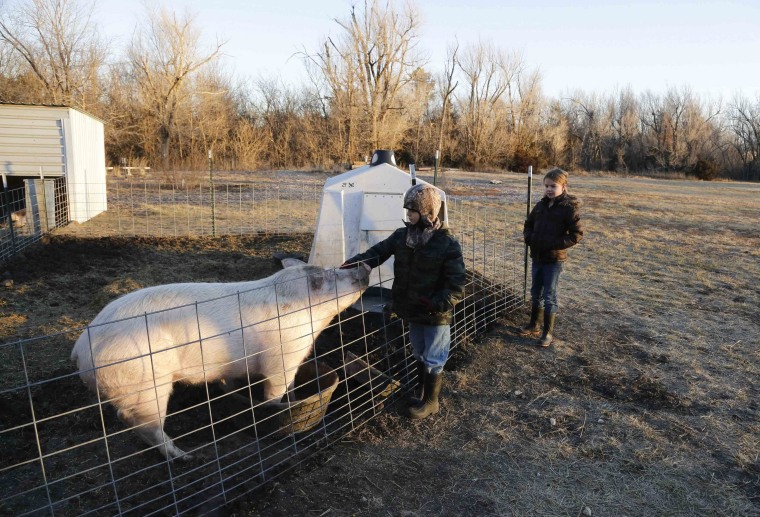In an election year that’s been short on surprises, Kansas provided a shock to the system this fall when polls suddenly showed long-time incumbent Sen. Pat Roberts trailing in his reelection bid to third-party candidate Greg Orman. Kansas has long been a solid, stable GOP state and it may be again this fall, as the polls have since improved for Mr. Roberts.
But the numbers also show a state that is changing.
Since 2000, the Hispanic population in Kansas has grown by more than 50 percent, up from 7 percent of the state’s population to more than 11 percent today. That’s below the national figure of 17 percent, but the increase pushes Kansas into double digits and gives it a larger percentage of Hispanics than many of its neighbors, including Oklahoma to the south and Nebraska to the north.
And in many ways Kansas is a more complicated state that people imagine. It’s not just rolling farmlands. While the largest percentage of the state, 26 percent, lives in the Republican-leaning, sparsely populated counties known as Rural Middle America, according to an analysis of the state’s counties using the American Communities Project, a journalism/political science research effort based at American University’s School of Public Affairs, large percentages also live in areas that tend to vote Democratic, at least nationally, including Big Cities, like Wichita, and College Towns, such as Douglas County, home of Lawrence.
You can compare those percentages on this chart and see how those counties are spread around Kansas on this map.
So with all those changes and diversity in the state, what’s the matter with Kansas? Why isn’t the state already more “purple” at election time?
Higher turnout tends to help Democrats and turnout in Kansas is low.
Well, Republican county types still dominate the state – 46 percent of the Kansas’ population lives in the Rural Middle America or Exurb counties.
But there is another factor to keep in mind: turnout. Higher turnout tends to help Democrats and turnout in Kansas is low. The vote in the state is so much a foregone conclusion that people don’t tend to come out on Election Day.
In 2012, turnout in the state for the voting eligible population was 56.8 percent. That was lower than the national average of 58.2 percent and far lower than the number for neighboring Nebraska, 60.1 percent.
That’s not to say higher turnout could swing the state to the Democrats or even put the state in play, but it means that elections in the state don’t necessarily reflect that attitudes on the ground – or the intensity of it.
Bearing all that in mind, there are three key points to keep an eye on in Kansas this November that could be revealing.
First, considering the growing Hispanic population, what does the vote and the turnout look like in the Hispanic Center counties in the southwest corner of the state?
Second, considering the sudden rush of interest and campaign spending, what does overall turnout look like? And is it up in Sedgwick County, home of Wichita (where turnout was even below the state average in 2012) and Douglas County, home of Lawrence?
Third, as we have noted before, there were notes of a nascent prairie populism in the support of the independent Mr. Orman this fall. Will it show itself in some of those Rural Middle America counties on Election Day?
If those three things materialize in November, Kansas could be an interesting state to watch in 2016, particularly in the primaries.
